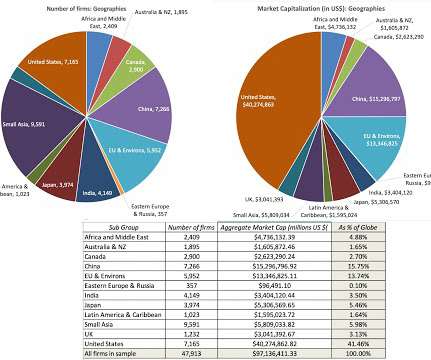EBIT vs. EBITDA - which is More Common for the DCF Model?
Equilest
DECEMBER 3, 2022
EBIT and EBITDA are two measurements of business profitability. This article will discuss two accounting terms used to build the FCFF - EBIT and EBITDA (Earnings Before Interest, Taxes, Depreciation, and Amortization). Both EBIT and EBITDA are indicators of the firm's profitability. . What is EBIT?

















Let's personalize your content